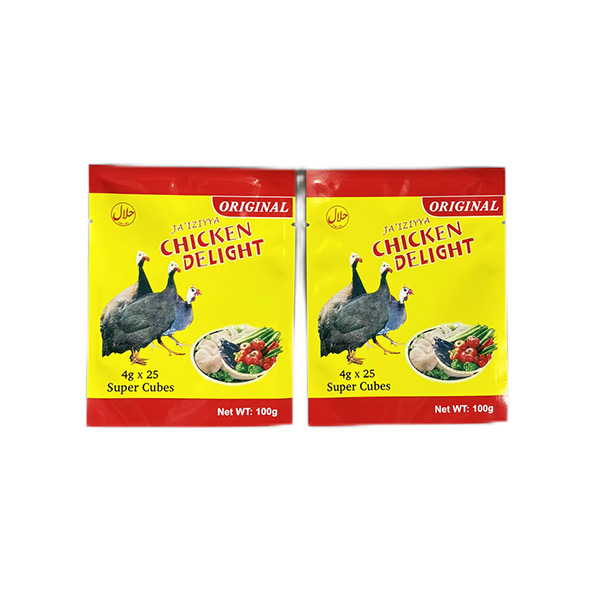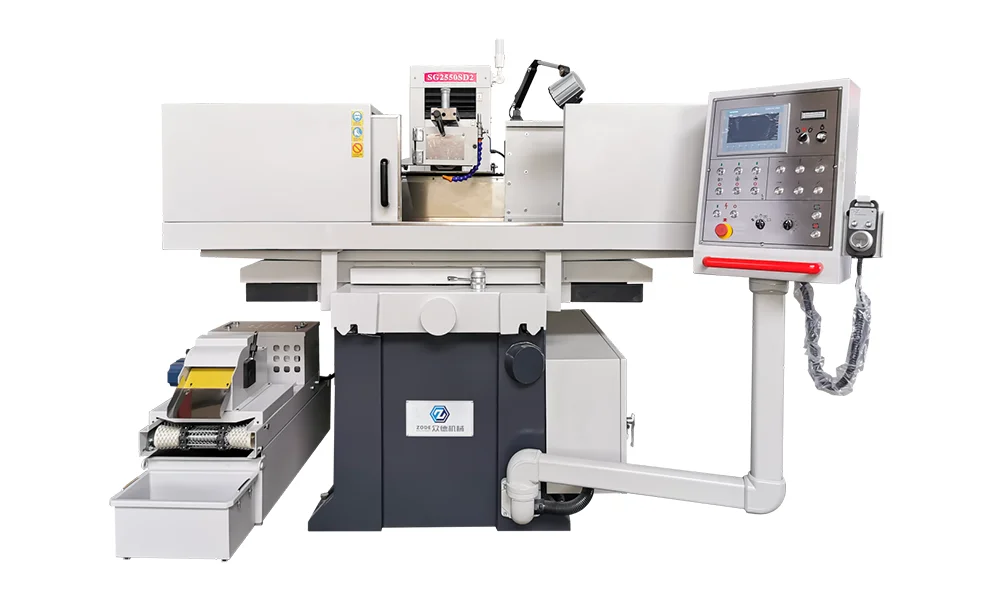In the competitive landscape of the food packaging industry, first impressions matter. Packaging is not merely a vessel for protection and transport—it is a critical communication tool that conveys brand identity, product information, and quality. For seasoning products, particularly custom seasoning wrappers, the packaging' s visual appeal must complement the aroma and flavor it contains. Recent innovations in printing technologies, substrate materials, and quality control have significantly elevated the standard for wrapper aesthetics. In this blog post, Leater, a high quality food flexible packaging manufacturing factory, will share the improved printing quality of custom seasoning wrapper for sale.
1. Role of Printing in Seasoning Packaging
Custom seasoning wrappers are typically made from multilayer flexible films that must fulfill multiple roles: preserving product freshness, ensuring safety, facilitating shelf life, and communicating product details. The print layer, usually the outermost or sandwiched between protective laminates, is essential for branding, regulatory compliance, and consumer engagement.
Improved printing quality refers not just to visual sharpness or color vibrancy, but also to durability, registration precision, resistance to chemical interactions, and print-to-substrate adhesion. Each of these parameters can significantly impact the final presentation of the wrapper.
2. Substrate Optimization
High-quality printing begins with the selection of an appropriate substrate. Custom seasoning wrappers are typically printed on materials such as BOPP (biaxially oriented polypropylene), PET (polyethylene terephthalate), or metallized films. Each substrate interacts differently with inks, adhesives, and laminates.
a. Surface Treatment
Surface energy plays a crucial role in printability. To improve ink adhesion, substrates undergo treatments such as:
- Corona treatment: Exposes the film to a high-frequency electrical discharge, increasing surface energy to enhance ink wettability.
- Plasma treatment: A more advanced version that can be tuned to specific chemical functionalities.
- Flame treatment: Alters the surface properties through controlled oxidation.
These treatments are crucial to prevent print defects like ink beading, delamination, or ghosting.
b. Coating Enhancements
Substrates may be primed with specially formulated coatings that further improve ink compatibility, particularly for high-speed flexographic or gravure printing. These coatings ensure consistent dot gain and line sharpness.
3. Ink Technology Advancements
Ink plays a pivotal role in delivering visual fidelity, color consistency, and durability to seasoning wrappers. The latest advancements in ink chemistry have improved their performance characteristics significantly.
a. Solvent-Based and Water-Based Inks
Solvent-based inks are preferred for their fast drying and strong adhesion, especially on non-absorbent films. However, environmental regulations have encouraged a shift toward low-VOC (volatile organic compounds) or water-based ink systems. The latter, with modern surfactant and resin technologies, now offer nearly comparable performance with less environmental impact.
b. UV and EB Curing Inks
For enhanced scratch resistance and durability, UV (ultraviolet) and EB (electron beam) curing inks are increasingly employed. These inks polymerize upon exposure to specific energy sources, resulting in a hard, chemically resistant surface that maintains high-resolution prints throughout distribution and use.
c. Pigment and Resin Innovations
Modern pigment dispersion techniques and resin formulations ensure better ink stability, higher color density, and resistance to solvents, oils, and moisture—important properties given the often oily nature of seasonings.

4. High-Resolution Printing Techniques
Recent developments in printing presses and cylinder engraving have drastically improved print resolution for flexible packaging.
a. Gravure Printing
Gravure is the gold standard for high-volume, high-resolution packaging due to its ability to produce fine details and gradients. Improvements in laser-engraved cylinders and multi-zone doctor blades ensure consistent ink transfer and minimized hazing or dot distortion.
b. Flexographic Printing
Flexographic printing has evolved rapidly with digital plate-making technologies (e.g., Flat Top Dot, HD Flexo), enabling finer resolution, smoother vignettes, and better tonal transitions.
c. Digital Printing
For small-batch or highly customized seasoning wrappers, digital printing (especially inkjet and electrophotographic) provides near-offset quality without the need for plates. With variable data capabilities, digital systems enable batch-specific branding and language localization with consistent output.
5. Color Management and Proofing
Color accuracy is crucial, especially for brand colors. A standardized color management workflow ensures what is designed is faithfully reproduced on the wrapper.
a. ICC Profiling
Creating ICC (International Color Consortium) profiles for each substrate-ink-press combination allows for consistent color reproduction across runs and facilities.
b. Spectrophotometry
Spectrophotometers are used in-line and off-line to ensure color conformance with target LAB values, reducing rework and waste.
c. Soft and Hard Proofing
Soft proofing using calibrated monitors and hard proofs using actual substrate and ink combinations help stakeholders visualize the final output before production begins.
6. Laminating and Post-Print Finishing
After printing, seasoning wrappers are typically laminated for barrier properties and durability. However, the lamination process can affect print quality.
a. Solventless vs. Solvent-Based Lamination
Solventless lamination reduces the risk of ink smearing or distortion due to slower drying times. Laminators now incorporate precision tension control systems to avoid registration shifts or print distortion.
b. Cold Seal Compatibility
For seasoning sachets that use cold seal adhesives (to avoid heat exposure to sensitive ingredients), it's vital that inks are compatible and do not interfere with seal integrity.
7. Inline Quality Control and Automation
Maintaining consistently high print quality requires real-time inspection systems.
a. 100% Inspection Cameras
High-speed camera systems scan every inch of printed film, flagging defects such as missing text, registration errors, or smudges, with minimal human intervention.
b. AI-Based Defect Classification
Machine learning algorithms can now classify and predict defect types, helping press operators adjust variables proactively rather than reactively.
8. Sustainability Considerations
Improved print quality also means less waste. Fewer reprints, lower ink consumption (due to precise ink laydown), and reduced defect rates contribute to a lower environmental footprint.
Brands are also demanding compostable or recyclable film structures, which require customized ink and print process development. For instance, printing on biodegradable PLA films with water-based inks demands careful tuning of surface energy and drying profiles.
Conclusion
The push toward improved printing quality in custom seasoning wrappers is driven by a synergy of technological innovation and market expectations. Substrate treatment, ink chemistry, high-resolution print methods, and advanced automation have collectively enabled wrappers that are not only more visually compelling but also more durable, consistent, and environmentally conscious.
For brands in the seasoning space, investing in premium print quality is no longer optional—it's a competitive imperative. As the technologies continue to evolve, we can expect even more refined printing capabilities that cater to personalization, sustainability, and precision at every scale of production.
www.leaterpack.com
Leater

